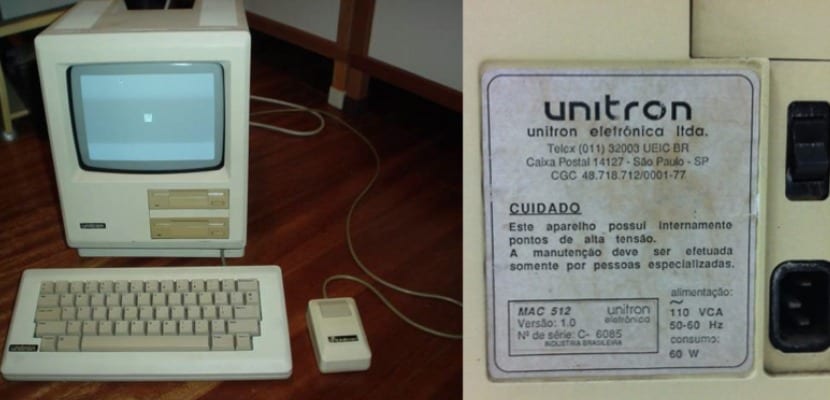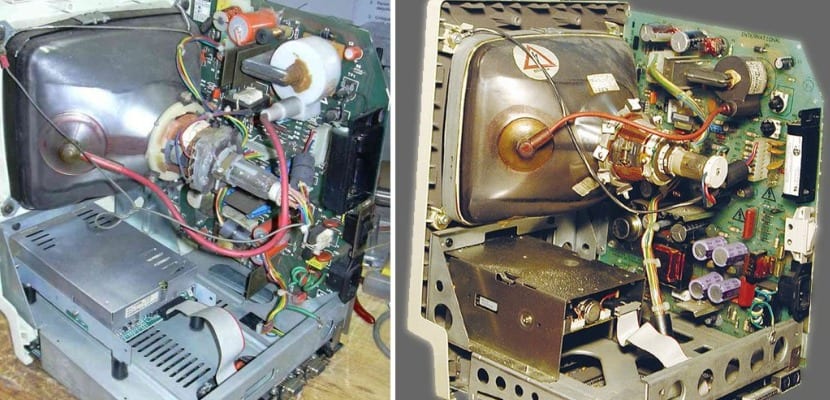
When Apple launched its original Macintosh in 1984, it was, as I have already mentioned in other articles, a revolution for the industry by combining a graphic-based user interface with the ease of use that a mouse offered you to scroll through sales and your You see all this stuffed into a small team with very compact dimensions that was the forerunner of what we now know as All-in-one teams (all in one). The curious part of this is that just two years later in 1986, a company of Brazilian origin called Unitron, wanted to offer its answer to the Apple team trying to commercialize your own replica of that Mac although, as we will see, the attempt came to nothing.
The equipment basically consisted of the same components as the original Mac, that is, many of the components that it was integrated could be obtained commercially from other sources, such as the Motorola 68000 CPU, RAM memory chips and other electronics analog. You could even replicate the Mac system by modifying its initial ROM. An achievement that could be seen for the first time at the presentation of the national computer fair in Brazil in 1985 with a couple of prototypes, one that was working with demo software and the other turned off and open where the resemblance to the original was undeniable.

Unitron 512 on the left and original Mac on the right
The Unitron appears to be the only case in which two contradictory reports were submitted by official appraisers: a technical report that praised the project as a clear example of reverse engineering and technical prowess and on the other hand a political report that denounced the project as a despicable theft of trade secrets
So far everything seemed promising and even if it was just an attempt at a mere copy of the original, it was a great attempt by this company to introduce the Mac in Brazil in a A time when personal computing had not become so and more pervasive in a country like Brazil, even they tried to reach commercial agreements with Apple for it. Logically Apple refused to allow another company to manufacture anything without its supervision and without the necessary licenses for it, so with help from the Brazilian Government stopped the production of this clone. To this day there are still prototypes like this one that is shown in the images that accompany the entry and that are vestiges of what could be the first Mac 'licensed' to be manufactured by another company, as happens for example with Android and the different manufacturers with their versions and customization layers.
More information - A user modifies his Macintosh Plus to surf the internet